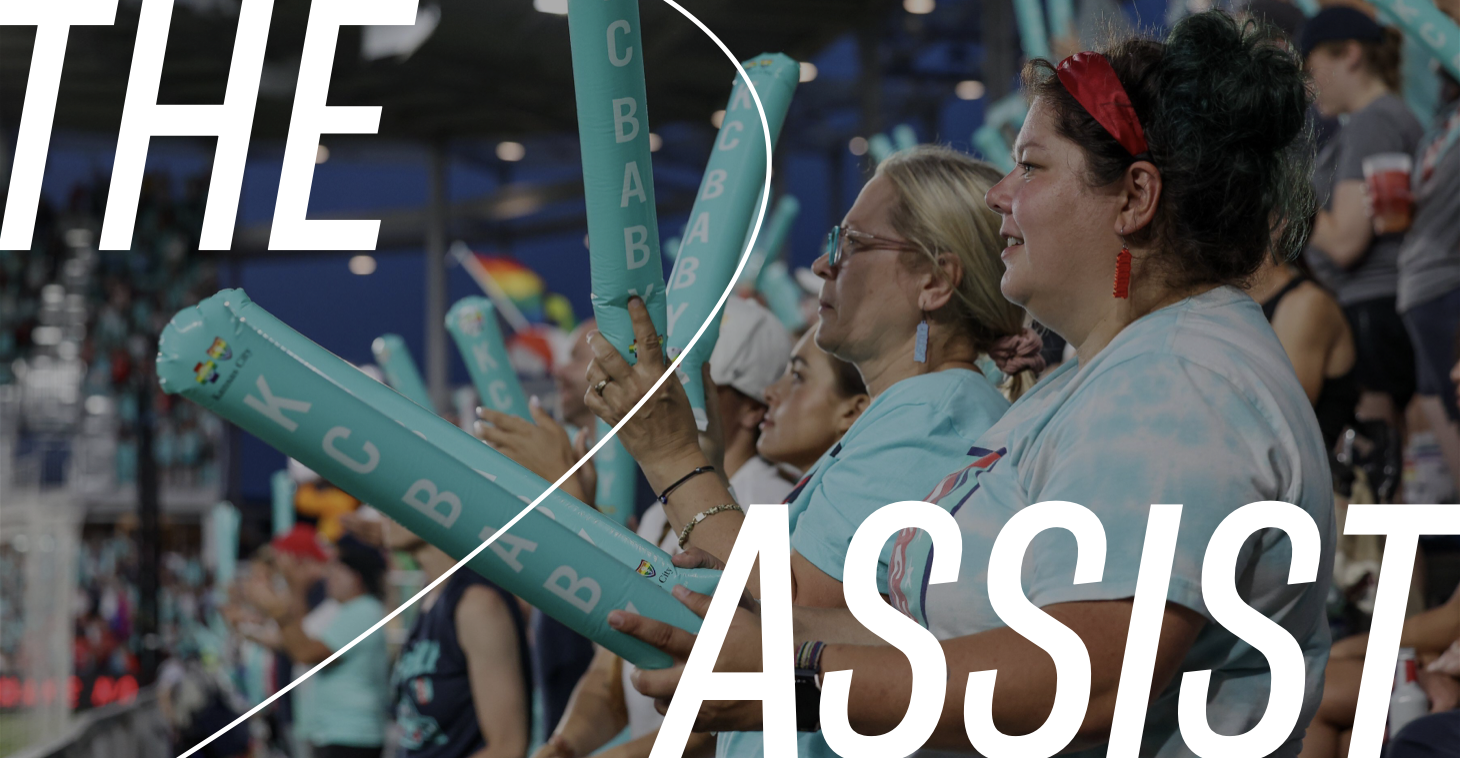
THE GROWTH OF WOMEN’S SOCCER
Welcome to our mini-report on women who are soccer fans—the first in our 2025 United States of Soccer insights series. From an overview of today’s fan to the global powerhouses they enjoy most, we’ll cover a variety of topics highlighting this fan segment growing in size and influence.
As women’s soccer has entered a transformative era, it has created a parallel surge in female fandom across the sport. The record-breaking 2023 FIFA Women’s World Cup—with nearly 2 million attendees and a greater than 100% increase in commercial partnerships versus the 2019 tournament—has been a catalyst for many women discovering soccer, as has UEFA’s pledge to invest over $1 billion in women’s soccer infrastructure through 2030. Our research shows that 54% of female fans report increased interest in women’s soccer over the past year, creating a powerful growth cycle between the women’s game and female fandom.
In the U.S., as the NWSL has seen unprecedented growth—with average franchise valuations climbing over $100M and league-wide attendance surpassing 2 million for the first time—female fan engagement has grown in lockstep. This institutional growth mirrors and fuels an expanding female fanbase that’s reshaping soccer culture beyond just the women’s game, bringing new perspectives and engagement patterns to soccer fandom across all levels.
As you read through our mini report, note that all insights—unless specified otherwise—come from our survey of over 2,000 soccer fans conducted in December 2024.
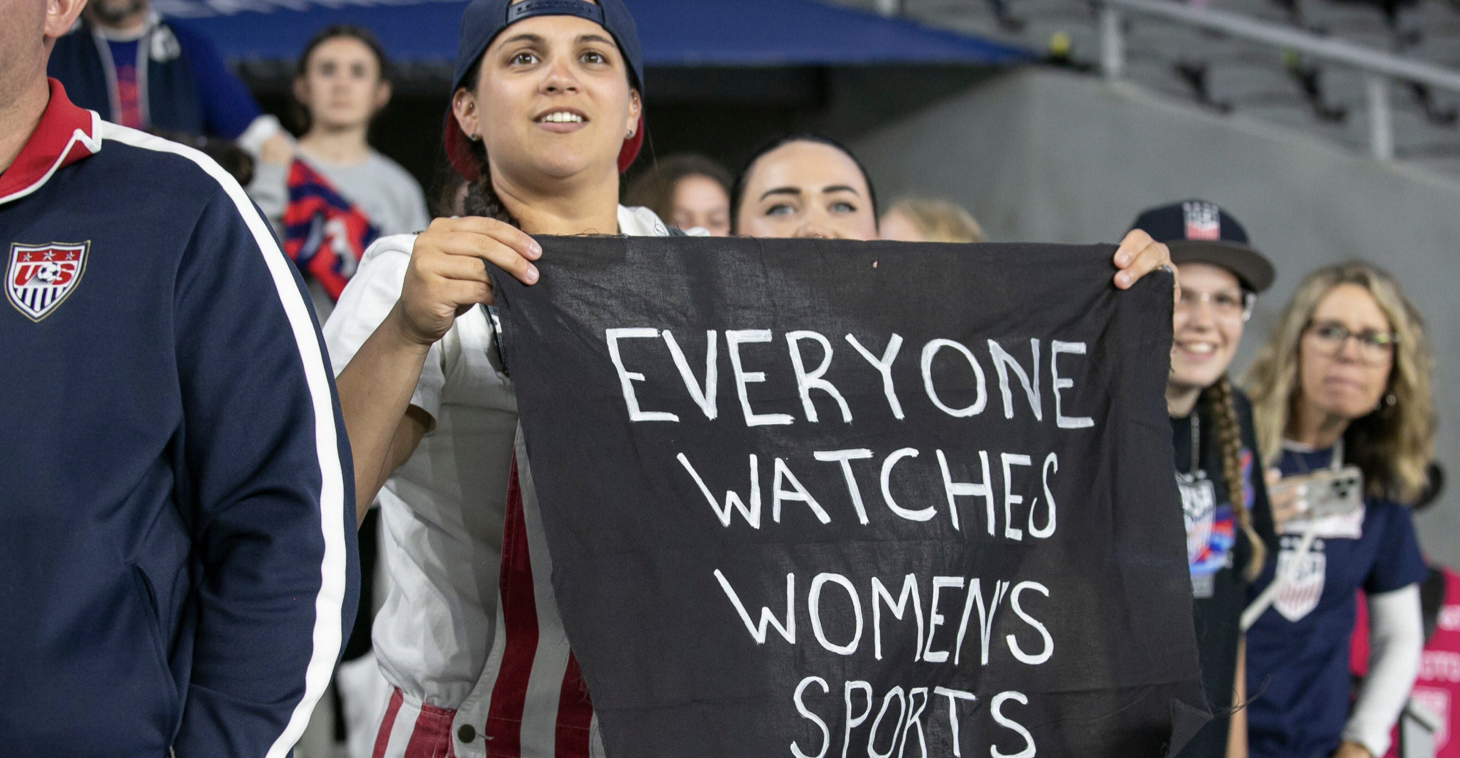
MEET TODAY’S FEMALE SOCCER FAN:
Let’s start with scale. There are over 44 million women in America who are at least “a little bit interested” in soccer, representing 43% of all soccer fans1. Let’s learn more about this audience.
The female soccer fan represents a diverse and evolving segment of the sport’s audience. She’s likely to be younger than the average fan (37 vs 40 years old) and brings unique perspectives shaped by varied life experiences. Her connection to the sport is active and growing, with 54% reporting increased interest in women’s soccer and 59% expressing increased interest in men’s soccer over the past year. And 59% either currently play soccer in organized leagues (21%) or pickup games (38%).
Nearly a third (32%) are Hispanic or Latino and one-in-five identify as Black or African-American (20%), reflecting the sport’s broad multicultural appeal. While 40% live in urban areas, female fans show notably higher representation in towns and rural areas compared to male fans.
Their life stages vary significantly—roughly even splits between single (38%) and married (38%), with over half (52%) having children under 14. While most work full-time (55%), female fans are more likely than male fans to be students (8% vs 4%) or working part-time (17% vs 10%).
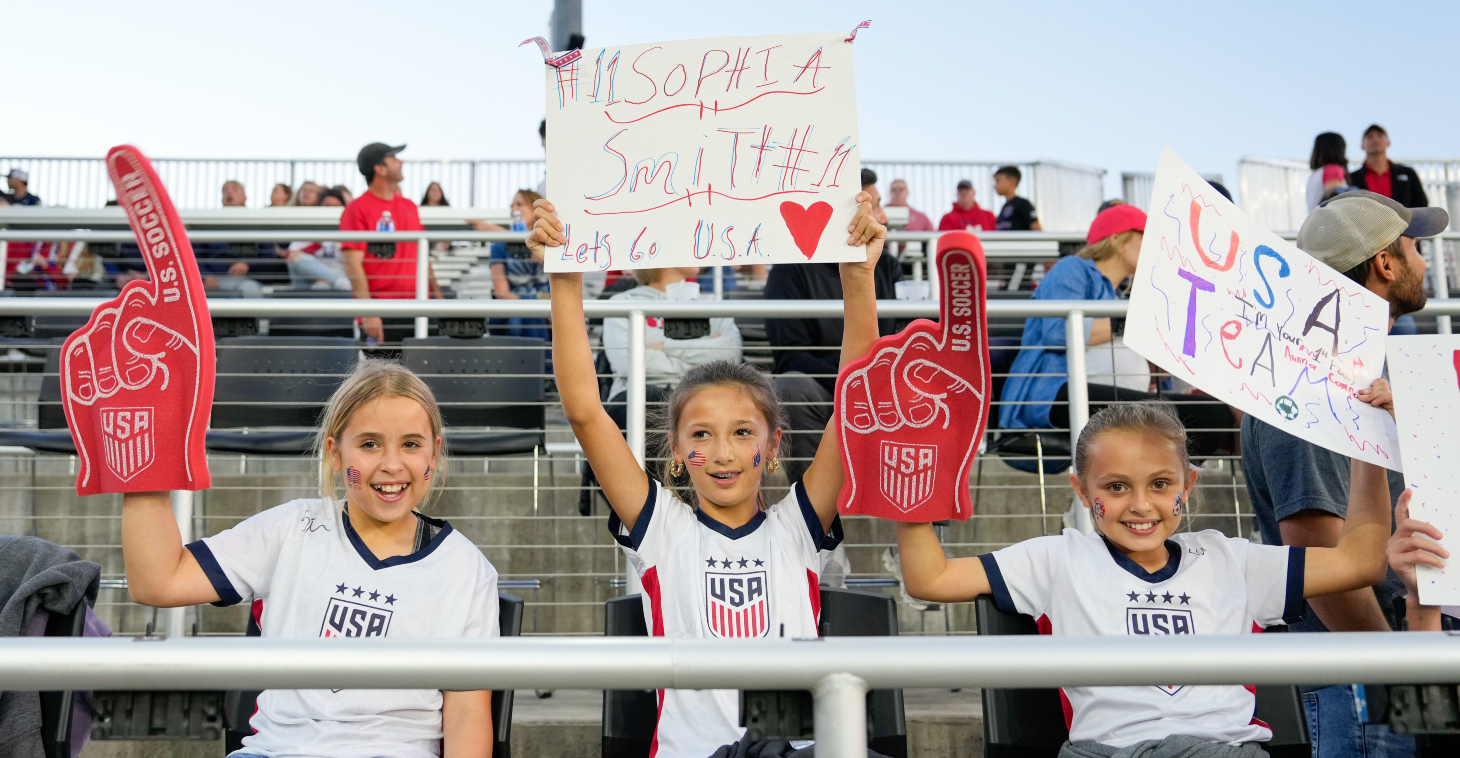
A New Generation of Soccer Fans
Our research reveals a clear trend: women’s soccer isn’t just growing—it’s attracting a distinctly younger audience that’s reshaping the future of the game. The youth-driven trend is particularly pronounced in the 16-24 age bracket, where female representation significantly outpaces their male counterparts by 71% (24% vs 14% of male fans).
This demographic shift represents a fundamental evolution in how the sport is being embraced. The concentration of female fans in younger age groups suggests women’s soccer isn’t just attracting casual viewers but building a foundation for long-term engagement. As these younger fans mature, their connection to the sport will create a sustained pipeline of passionate supporters.
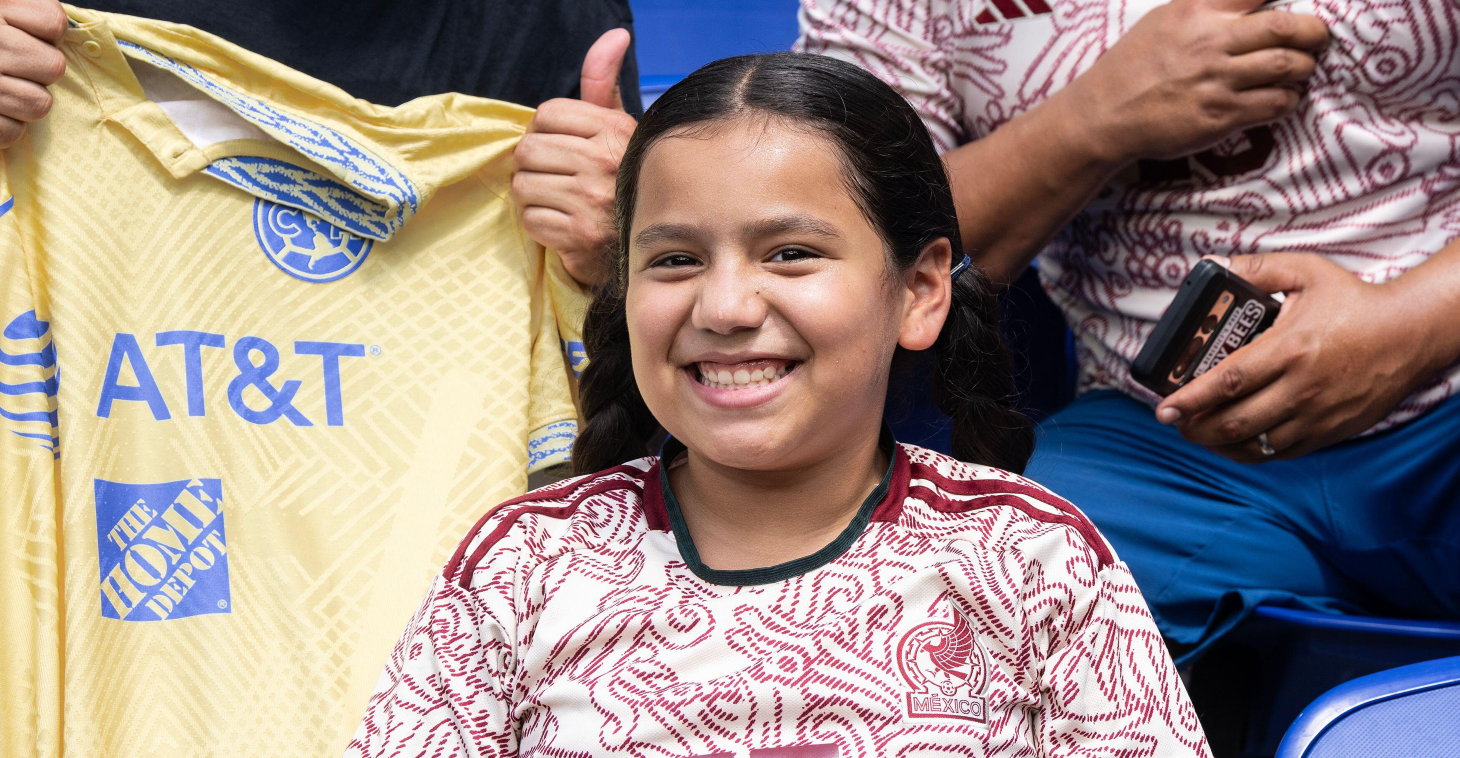
The Path to Soccer Fandom
As we see this younger generation embrace soccer, understanding their journey to fandom becomes crucial. Our research uncovers distinct pathways that are reshaping how people discover soccer.
Personal involvement stands out as the leading gateway, with 22% of female fans citing direct participation as their entry point—higher than the male fanbase at 16%. Family dynamics play an equally crucial role, with 32% of female fans citing either being “born into it” or having a family member involved in the sport, notably stronger than 26% of men who cite the same influence.
The timing of fandom arrival also tells an important story. While 13% of male fans have discovered the sport within the last five years, this number jumps to 23% among female fans. When we consider the past 10 years, nearly half (49%) of women became soccer fans in the past decade (versus 34% of male fans).
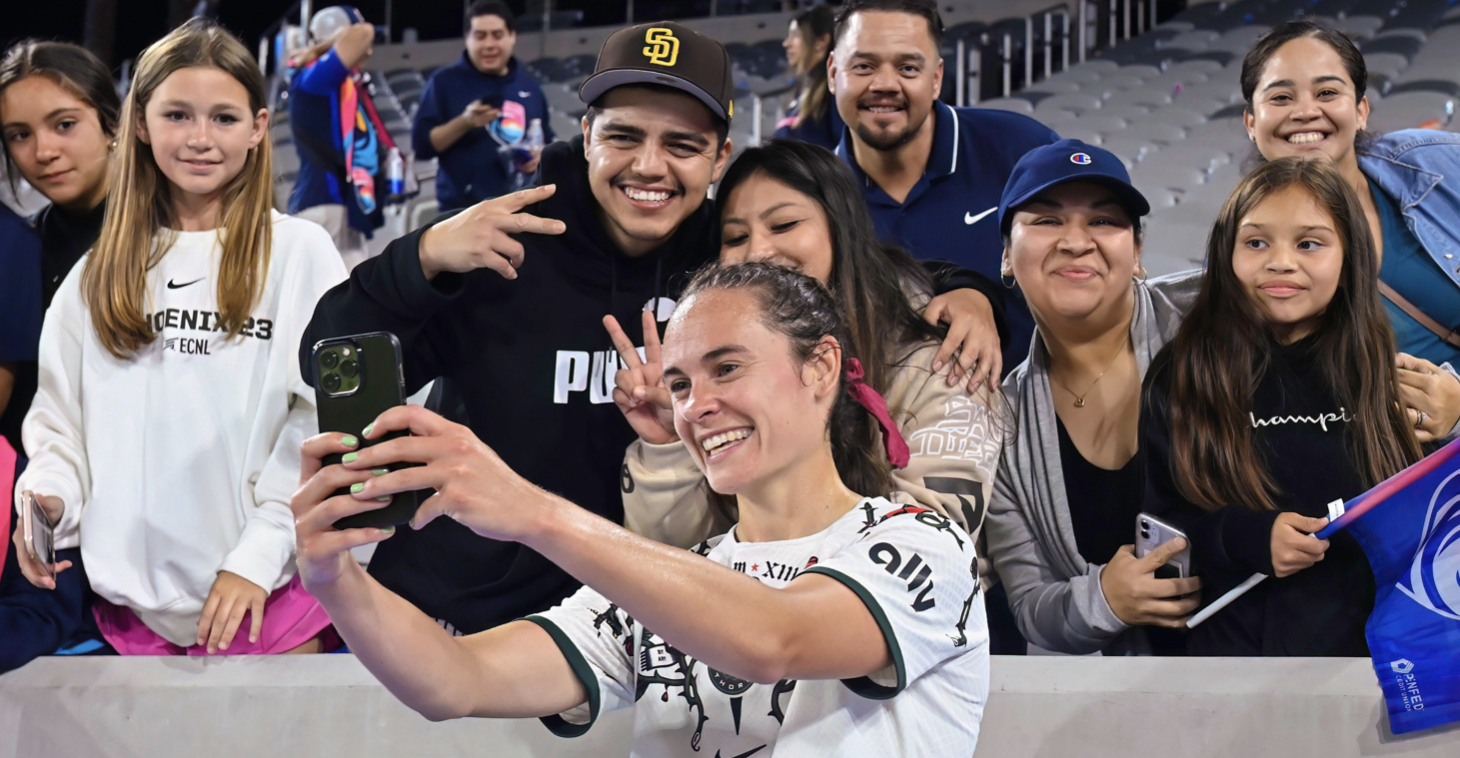
Digital Engagement: Where Fans Connect
Once they discover soccer, female fans are carving out their own unique digital spaces within the sport’s landscape. With 72% using social platforms to stay connected with the game, their preferred platform choices reveal distinct patterns that differ meaningfully from male soccer fans.
TikTok emerges as a standout preferred platform, with nearly twice as many female fans selecting it as their primary source for soccer content compared to male fans (24% vs 13%). This significant difference aligns with female fans’ stronger interest in player-focused content that these platforms excel at delivering. Traditional social platforms maintain strong presence, with Facebook (30%) and Instagram (28%) both ranking as the top choice for a higher percentage of female fans compared to male fans (26% for both).
YouTube stands as the only platform where a higher percentage of male fans (34%) select it as their primary soccer content source compared to female fans (31%), suggesting different content format preferences between gender groups. Meanwhile, X/Twitter is less likely to be the primary platform for female fans (17%) compared to male fans (23%), pointing to preferences for more visual-oriented platforms among women following soccer.
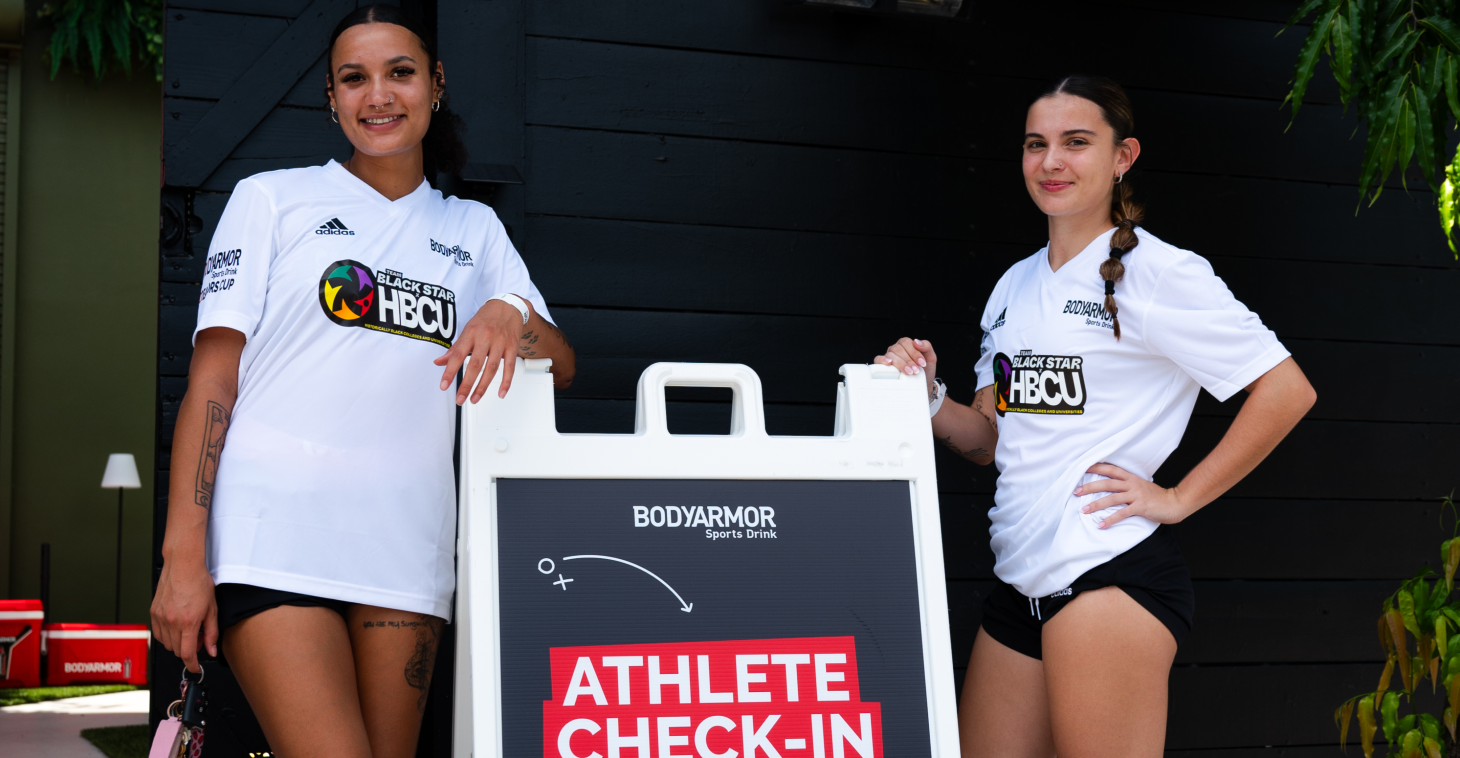
SPONSOR IMPACT: FEMALE FANS & BRAND LOYALTY
Female fans show strong awareness of team and league sponsors. Nearly two-thirds (62%) of female fans notice brand sponsors during soccer events they watch. Once aware, do these fans believe they’re supporting their favorite teams through brand purchases? The data suggests yes—68% believe they are, with two-thirds viewing sponsoring brands more favorably.
This favorable perception translates directly to purchasing behavior. Our research shows 68% of female soccer fans are more likely to purchase products from brands sponsoring their favorite team or league, with over a third (35%) strongly agreeing with this sentiment.
Let’s take this one step further and look at brand favorability and purchasing by ethnicity. When it comes to taking notice, Hispanic female fans are more likely to notice than their White and Black peers. Black female fans are more likely than their peers to believe they’re supporting their favorite team or league when purchasing a product from a brand partner. And White female fans think of brands more favorably when they sponsor a team or league they enjoy. But when it comes to likelihood to purchase, the three groups are virtually the same.
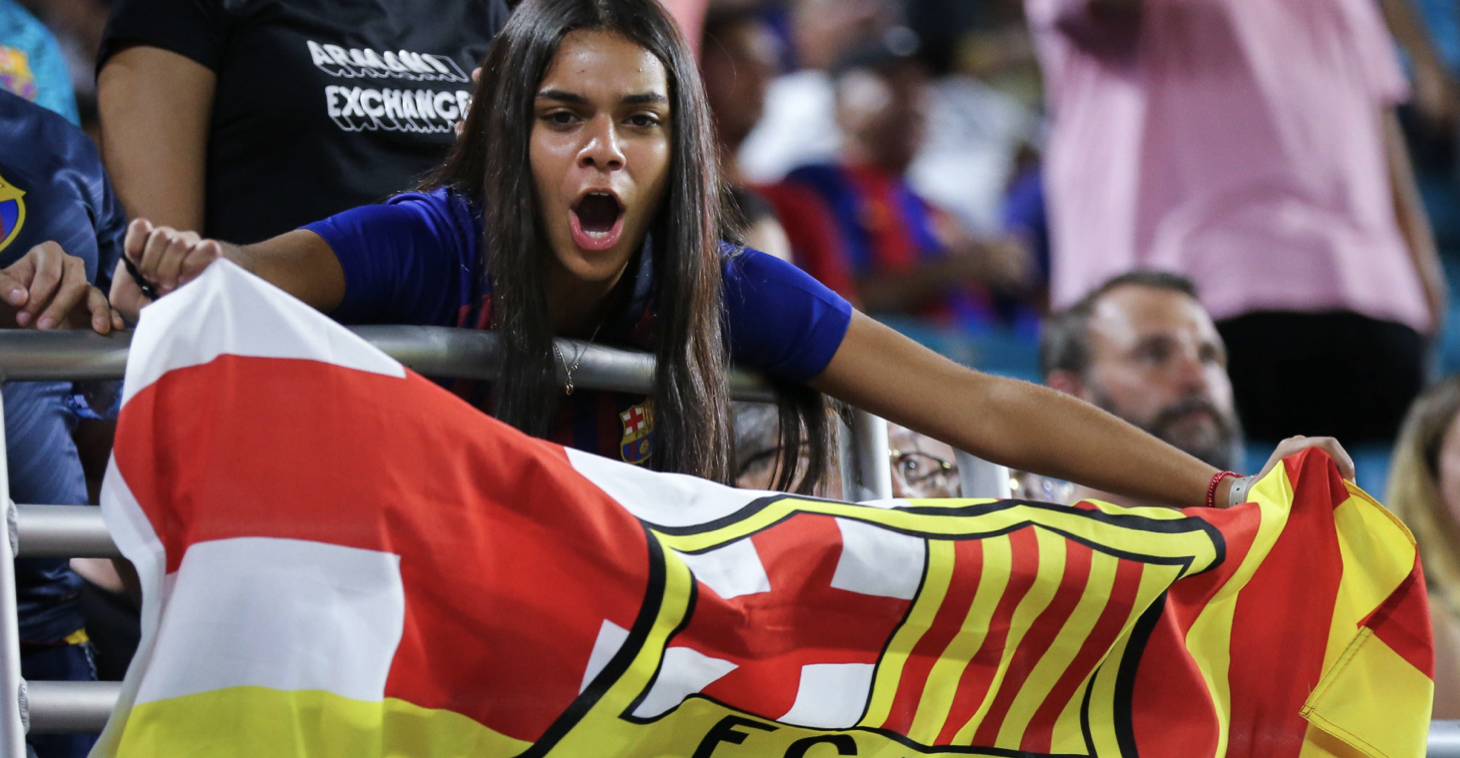
GLOBAL POWERHOUSES DOMINATE FEMALE FAN LOYALTY
Before we wrap up our insights into female fans, let’s dive into the global teams they like most. They show clear preference for European giants, as they represent 9 of the top 10 spots and 13 of the top 20. Among the list, the Premier League is particularly popular, with Manchester United, Liverpool FC, Manchester City, Arsenal FC, and Chelsea FC all ranking in the top 7.
While European clubs lead overall, the positioning of North American teams like LA Galaxy, Club América, and Chivas demonstrate strong regional appeal among female fans. This global distribution of fandom creates unique opportunities for sponsors looking to connect with female audiences across multiple markets and demographics.
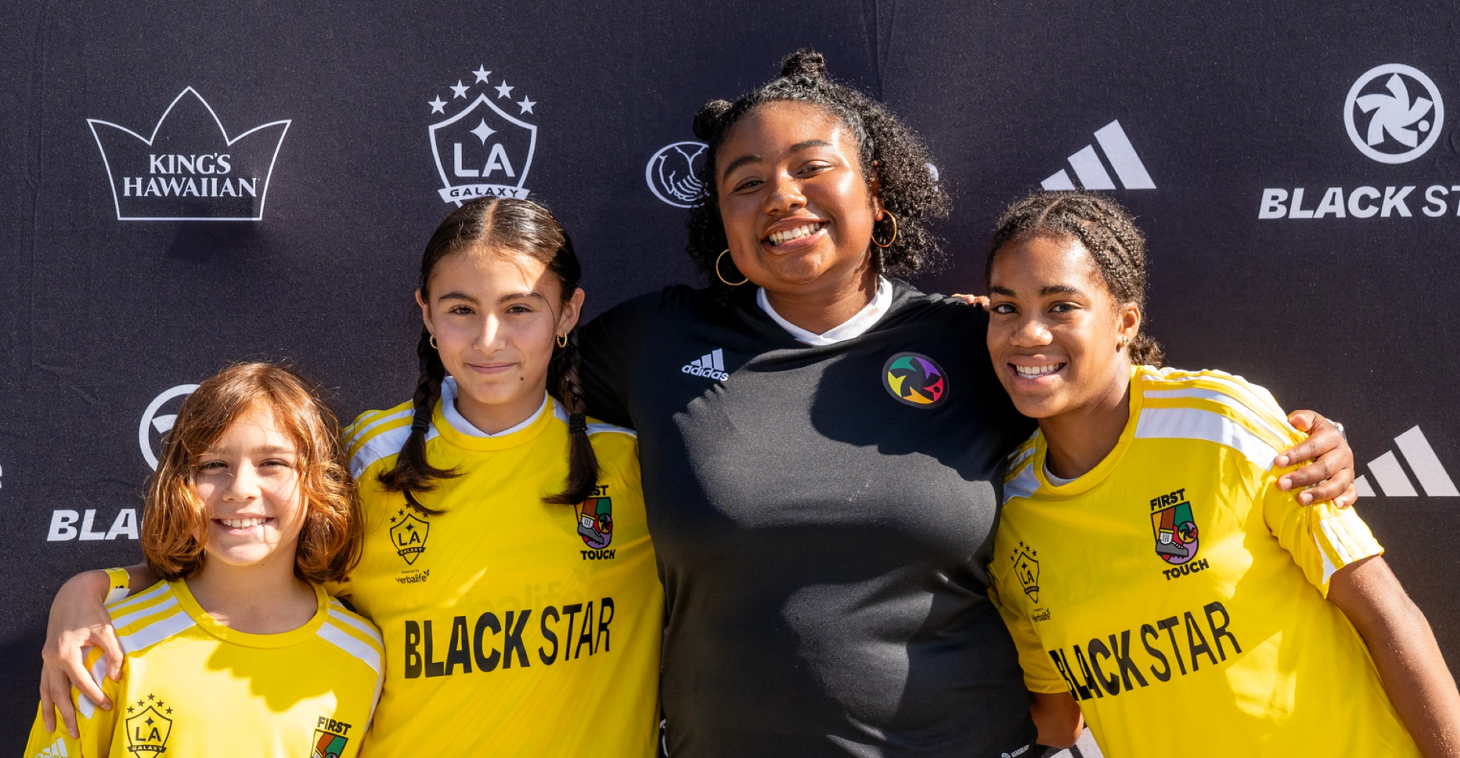
THE FUTURE OF FEMALE FANDOM
DEMOGRAPHIC TRANSFORMATION
The landscape of female soccer fandom in the United States is undergoing a profound transformation. Female fans are younger (average 37 vs 40 years), more diverse (nearly one-third identifying as Hispanic/Latino), and entering the sport through different pathways than traditional fans. Their connection to soccer represents a new chapter in the sport’s American evolution.
GROWING SEGMENT
The concentration of newer fans (23% discovering soccer within the past five years) coupled with a much higher percentage of women in the 16-24 age bracket versus men (24% vs 14%) signals a foundation for generational growth. Their earlier exposure to the sport (92% of fans age 34 or under became soccer fans before age 19) is creating lifetime connections we haven’t seen to the same degree in prior generations.
DIGITAL ENGAGEMENT PATTERNS
Female fans are carving out unique digital spaces within soccer’s landscape, with 72% using social platforms to stay connected. Their engagement reveals distinct preferences for primary platforms, with TikTok being nearly twice as popular among female fans compared to male fans (24% vs 13%) and stronger interest in player-focused content (51% finding such content “very appealing”). These patterns suggest opportunities for more selective, quality-focused digital strategies.
TEAM LOYALTY DYNAMICS
When it comes to team preferences, we observe an interesting dynamic: while female fans rate the English Premier League highest, their top team loyalties are split between La Liga giants (FC Barcelona and Real Madrid) and Premier League clubs. This global distribution of fandom creates unique opportunities for brands to connect across multiple markets and fan segments.
BRAND IMPACT
Female fans show remarkable brand awareness and loyalty, with 62% noticing sponsors during matches and 68% more likely to purchase products from brands sponsoring their favorite teams. The 35-44 age bracket stands out with consistently higher agreement levels across all sponsorship metrics, creating a particularly valuable segment for brand partnerships.